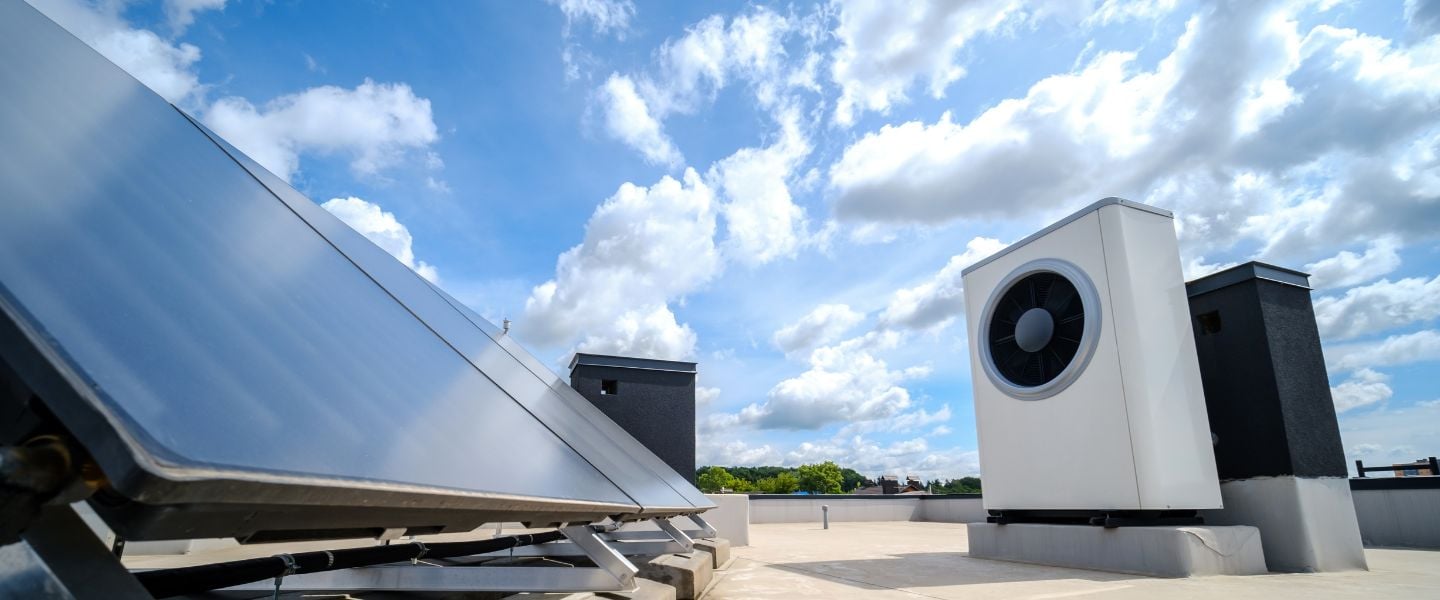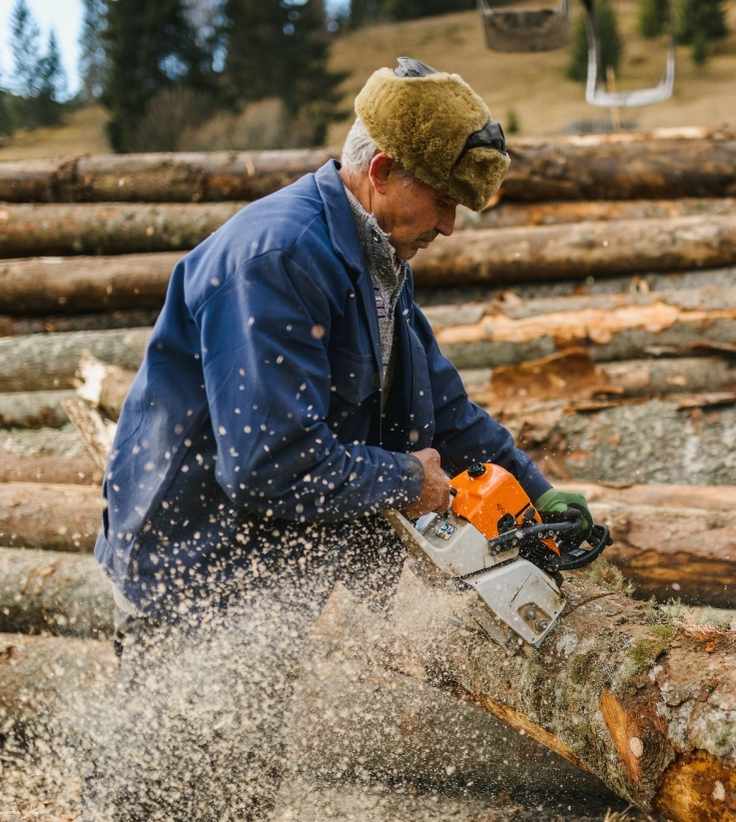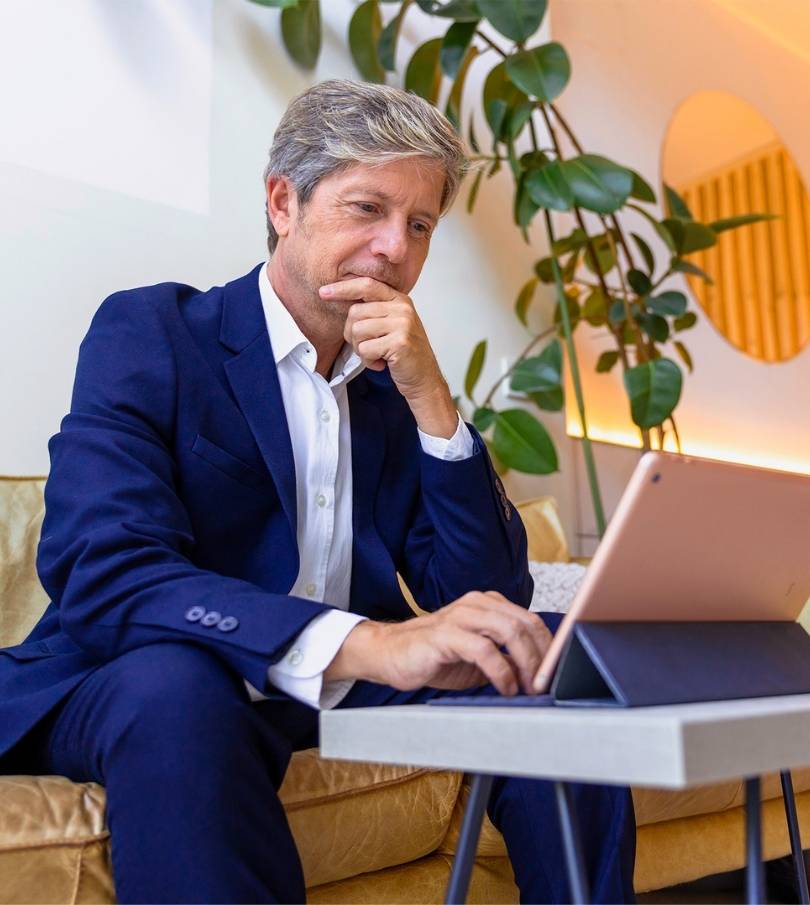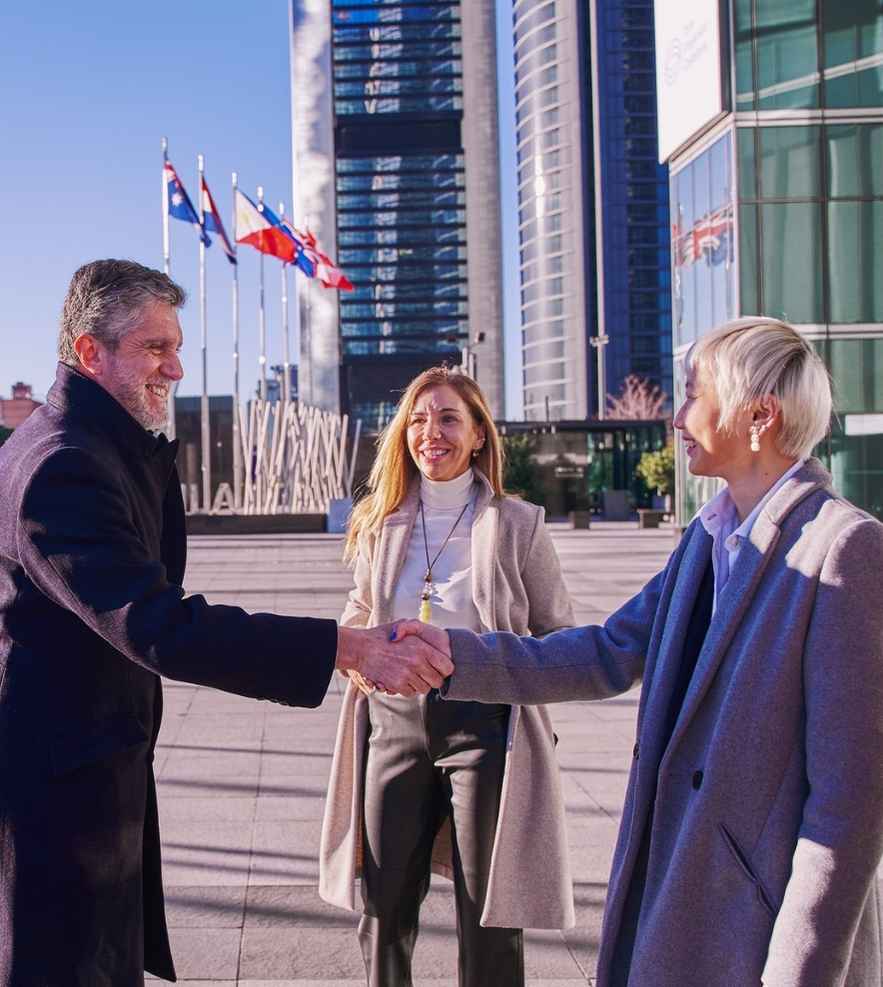
Whether your company operates in energy production, industry, property development, or other sectors, the SDE++ allows you to directly contribute to climate targets while strengthening your position in a increasingly sustainable market.
Why the SDE++ is essential for sustainable entrepreneurs
The SDE++ is not a one-off investment grant like many other incentives. It is an operating subsidy that compensates for the “unprofitable top”: the difference between the cost price of a sustainable technology and the market value of the energy supplied or CO₂ avoided.
This scheme enables entrepreneurs to realise projects that are not financially viable without support. It is open to various technologies, including solar panels, wind energy, heat pumps, biomass, hydrogen, and carbon capture and storage (CCS). With proper preparation, your company can make use of the SDE++ in 2026.
The strategic value of the SDE++ goes beyond financial support. Businesses that successfully use this scheme position themselves as innovative leaders in the energy transition, strengthen their market position, and contribute to the Dutch climate objectives. The SDE++ is a strategic instrument: it aids the Netherlands meet its climate goals while enabling businesses to future-proof their business models.
With this subsidy, projects that once seemed financially unfeasible can become attractive and viable. Invest today in a greener future and a stronger business model.
The financial aspects of the SDE++ subsidy
A frequently misunderstood element of the SDE++ subsidy is the difference between the awarded decision and the actual payment. When your application is approved, you receive a decision specifying a maximum subsidy amount, usually over 15 years. However, this does not guarantee you will receive the full amount.
The annual payment depends on three factors. First, only actually produced renewable energy or avoided CO₂ is subsidised. Second, the subsidy moves in line with market prices: when prices rise, the subsidy falls; when prices drop, the subsidy increases (up to the maximum). Third, additional revenues, such as the sale of Guarantees of Origin (GvOs), are deducted from the subsidy.
GvOs are digital certificates proving that a certain amount of energy has been generated sustainably. If you sell these certificates, you gain extra income. The government counts this as additional market revenue, which reduces your subsidy payment. This prevents double funding for the same performance.
Example:
In practice, the difference between the maximum award and the final payment is often larger than expected. A good example is a medium-sized manufacturing company that received an SDE++ award for a solar energy project worth €1.2 million over 15 years.
Due to grid congestion, only 70% of the planned capacity could be connected. Combined with rising electricity prices and GvO deductions, the actual subsidy came to around €600,000: half of the awarded maximum, but still a significant amount.
“Innovation caps”: €750 million per technology domain
The SDE++ applies caps per domain (electricity, heat, gas, and other innovations) to ensure a balanced distribution of resources. To stimulate “groundbreaking technologies”, a budget of €750 million per domain has been reserved.
This budget allocation creates opportunities for entrepreneurs who want to invest in innovative techniques such as vertical solar panels, industrial heat pumps, hydrogen production, high- and low-temperature heat, and circular applications. Without these reserved funds, such technologies might be excluded due to their higher cost per tonne of avoided CO₂.
Don’t miss the SDE++ subsidy
Would you like to benefit from the SDE++ subsidy? Make sure to apply on time. The application window runs from 7 October to 6 November 2025. A provisional budget of €8 billion is available. The earlier you arrange your application, the greater your chances of securing support.
Want to know more about the SDE++ subsidy?
Get in touch with one of our specialists. They will be happy to assist you.










